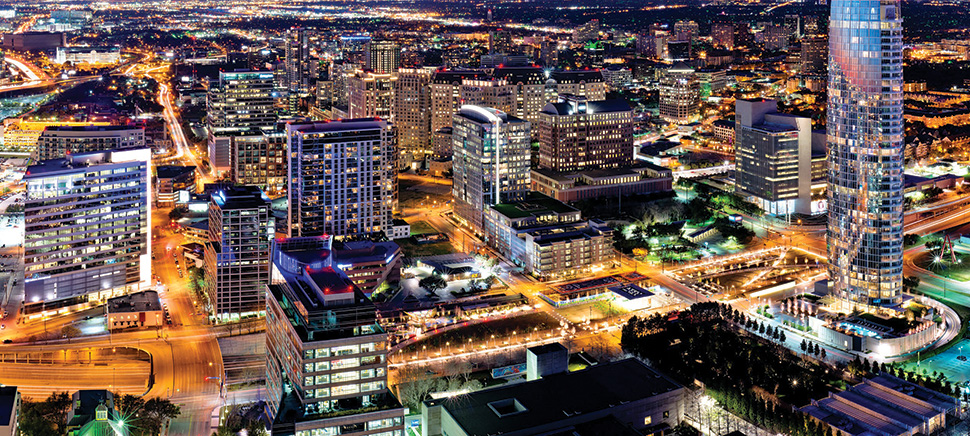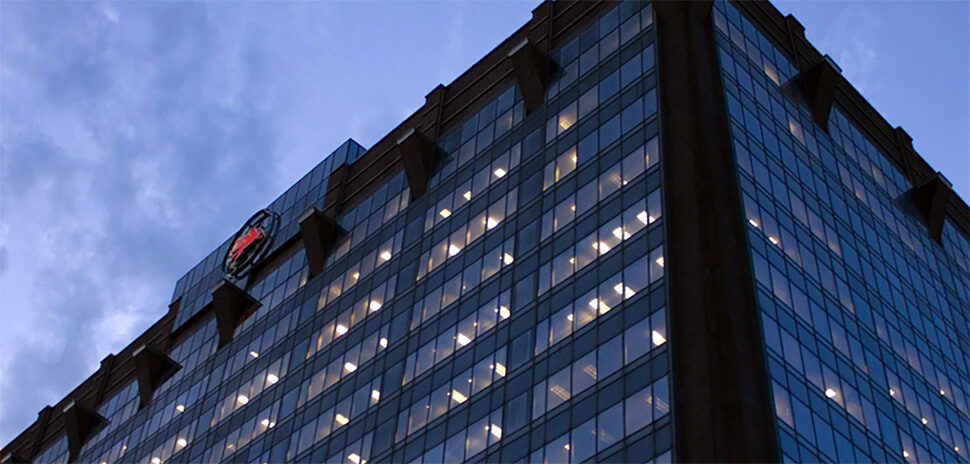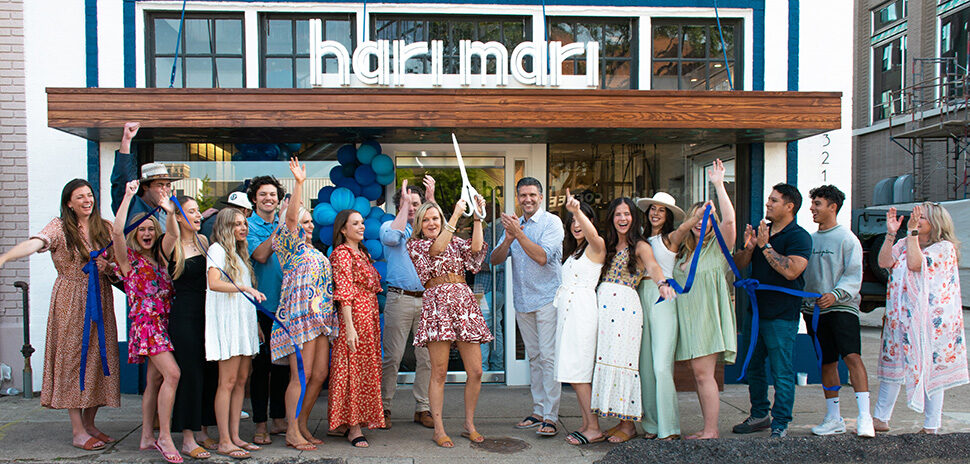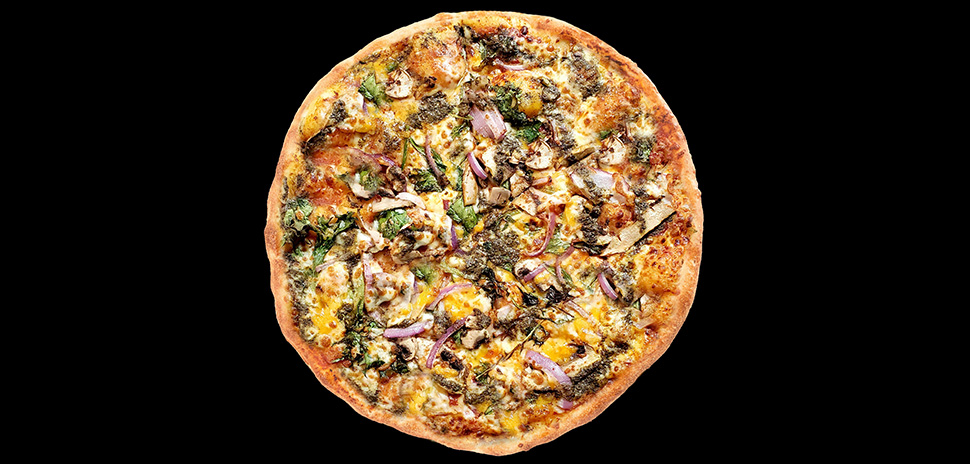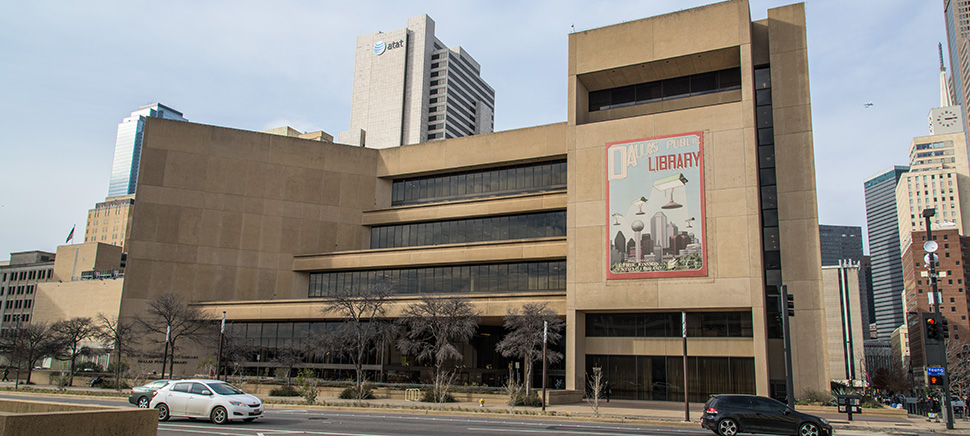I am a rarity in Dallas—I grew up here. I was born at Medical City and grew up outside of Dallas in the rural outskirts of Rockwall. We lived on 50 acres, and our backyard was elevated so that every night I could sit on our swing or in a tree and gaze at the Dallas skyline as it twinkled in the distance. Like all young people, I dreamed about my future and what I’d become. But, one thing was for sure, I would always live in Dallas. Now, I live, work, and play in Dallas and work hard every day to ensure Dallas is the city of my dreams—a city of opportunity for all—in my work now as a social entrepreneur.
Like all young people, I dreamed about my future and what I’d become. But, one thing was for sure, I would always live in Dallas.
When I heard about Dallas Innovates, I was thrilled and thought this was a great idea to reframe our community conversation not about what we do not have, but what I see every day—people who are striving to make a difference in this community. I am even more thrilled that Dallas Innovates is the first major publication that has recognized social entrepreneurship alongside traditional entrepreneurship.
Social entrepreneurship started with the recognition that, while we were “doing good” on social issues, we could do better. We have a disciplined approach that 1.) recognizes impact as our bottom line, and 2.) believes in leveraging market-based solutions and business techniques to solve issues.
What Does Innovation Mean in the Social Sector?
In Walter Isaacson’s book The Innovators, he showcases that technology innovators see innovation not as developing ideas from scratch, but improving existing ideas to create a breakthrough approach. But, innovation is not always successful.
In a recent Harvard Business Review article, Clayton Christensen takes on the evolving notion of “disruptive innovation” (a term he first coined in 1995) and deconstructs why not all breakthroughs are disruptive. In the piece, he says disruptive innovation is the guiding star for many startups, but it has also been a victim of its own success. Similarly, I’d argue that the social sector has a love affair with innovation to the detriment of real social change.
There is a lot of passion for causes in Dallas, and many people believe the solution is to start a new nonprofit. We have almost 1.5 million nonprofits in the United States with new ones starting every day. In fact, research shows that the growth rate of nonprofits is higher than that of small businesses. However, the best solution is not to start a new organization or program, even, but rather to begin by understanding the problem and its drivers.
In the final analysis, a new nonprofit (or a hybrid structure like a Benefit Corporation) may be needed, but it should not be a starting point and should only be started with a solid business model to support it. I’d like to see the social sector in Dallas borrow from the tech innovators by engaging in a process I call leapfrog innovation. In future articles, I will be covering those innovators who are moving Dallas forward through leapfrog innovation.
WHAT SHOULD OUR GOAL BE?
Our job is to take these programs to scale and make them available to as many people as possible.
For social entrepreneurs, impact is the social sector’s new guiding star. For decades, all we could do was count the number of people served and tell stories about their impact. Now, to create the greatest impact, our job is to take these programs to scale and make them available to as many people as possible. Right now, we have many programs that we know work and will have great impact on our city, but we simply haven’t been disciplined enough to finance them and take them to scale. In future articles, I will be highlighting some of these programs and policies and how we can make them more effective for more people across Dallas.
WHAT DOES THE FUTURE LOOK LIKE?
One of my favorite quotes is by Buckminster Fuller: “You never change things by fighting the existing reality. To change something, build a new model that makes the existing model obsolete.”
We have to spend our limited dollars wisely and invest in proven practices so we can take them to scale to the greatest number of people possible and truly innovate only when necessary.
I’m excited because I believe that Dallas is fighting past our current reality (our love affair with new and BIG) and really focusing on sustainable results (a new love affair with BETTER).
To build the Dallas of my dreams, we have to spend our limited dollars wisely and invest in proven practices so we can take them to scale to the greatest number of people possible and truly innovate only when necessary. This requires a more disciplined approach to our resource allocation for both the nonprofit as well as the donor. It also includes looking at new and different ways of funding the social sector beyond charitable dollars, including impact investing and social enterprise.
We need to pair our visionaries with business masterminds to create high-impact and high-performance organizations that are driven toward results that will encourage greater investment in social solutions. If we adopt this new reality, we will kick off a social revolution in Dallas, and build the Dallas of my dreams.
For a daily dose of what’s new and next in Dallas-Fort Worth innovation, subscribe to our Dallas Innovates e-newsletter.










